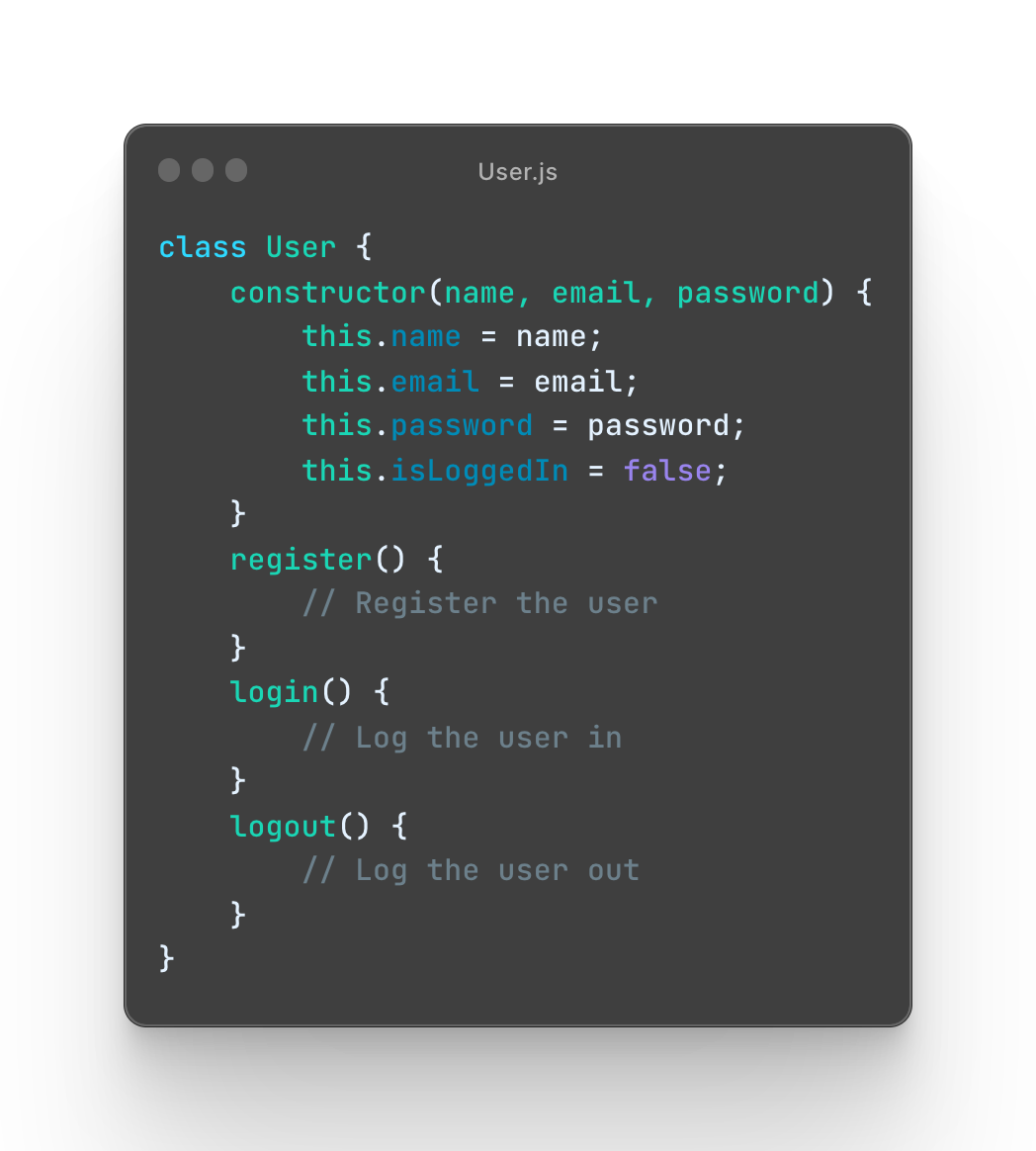The YAGNI principle, as explained by AI.

The bellow article is an experiment. It was written entirely by an AI to better understand the capabilities, comprehension of user inputs and reliability of current AI language models. Enjoy!
When it comes to software development, it's common for developers to overthink and over-engineer their code. However, sometimes less is more. That's where the YAGNI principle comes in. In this article, we'll take a closer look at what YAGNI is, how it can be applied in JavaScript development, and why it's an essential principle for writing clean, efficient, and effective code.
What is the YAGNI Principle?
The YAGNI principle is a development principle that encourages developers to only implement features or functionality that are essential to the application's current requirements. In other words, if a feature or functionality is not currently required, there's no need to implement it because, "You Ain't Gonna Need It." YAGNI is closely related to the KISS (Keep It Simple, Stupid) principle, which advocates for simplicity and clarity in code over complexity and cleverness.
How YAGNI can be applied in JavaScript?
The YAGNI principle can be applied in every stage of the software development process, from planning and design to implementation and testing. In practice, this means developers should only implement the features that are necessary to meet the current requirements of the application. This allows developers to avoid overcomplicating their codebase with unnecessary or premature functionality.
To see YAGNI in action, let's consider an example. Suppose we're building a simple web application that allows users to register and login. Here's some code that violates the YAGNI principle:

In this example, we have a User class with a large number of fields and methods, many of which may not be needed in the current version of the application. For example, isDeleted and updateProfile may not be essential at this stage of development. The result is an overly complex and difficult to maintain codebase.
A better implementation of the User class would be to only include the essential fields and methods required for the current version of the application. Here's a YAGNI-compliant implementation of the User class:

In this implementation, we only include the fields and methods that are necessary for registering, logging in, and logging out users. This results in a simpler, more maintainable codebase that's easier to read and understand.
The YAGNI principle is an essential development principle for writing clean, efficient, and effective code. By only implementing the features and functionality that are essential for the current requirements of the application, developers can avoid overcomplicating their codebase with unnecessary or premature functionality. By applying YAGNI in JavaScript development, developers can create a simpler, more maintainable codebase that's easier to read and understand.
As we can see in the above text, the AI managed to do a pretty good job in explaining the YAGNI concept, but as any good AI language model that uses advanced machine learning algorithms, it needs a really good input so that it can return the most accurate result. With that in mind, these "magical" tools that popped up on everyones radar, since Nov 2022, are becoming increasingly better at understanding user inputs and generating the appropriate responses.
What are your thoughts on the matter? I would love to hear them.
Member discussion